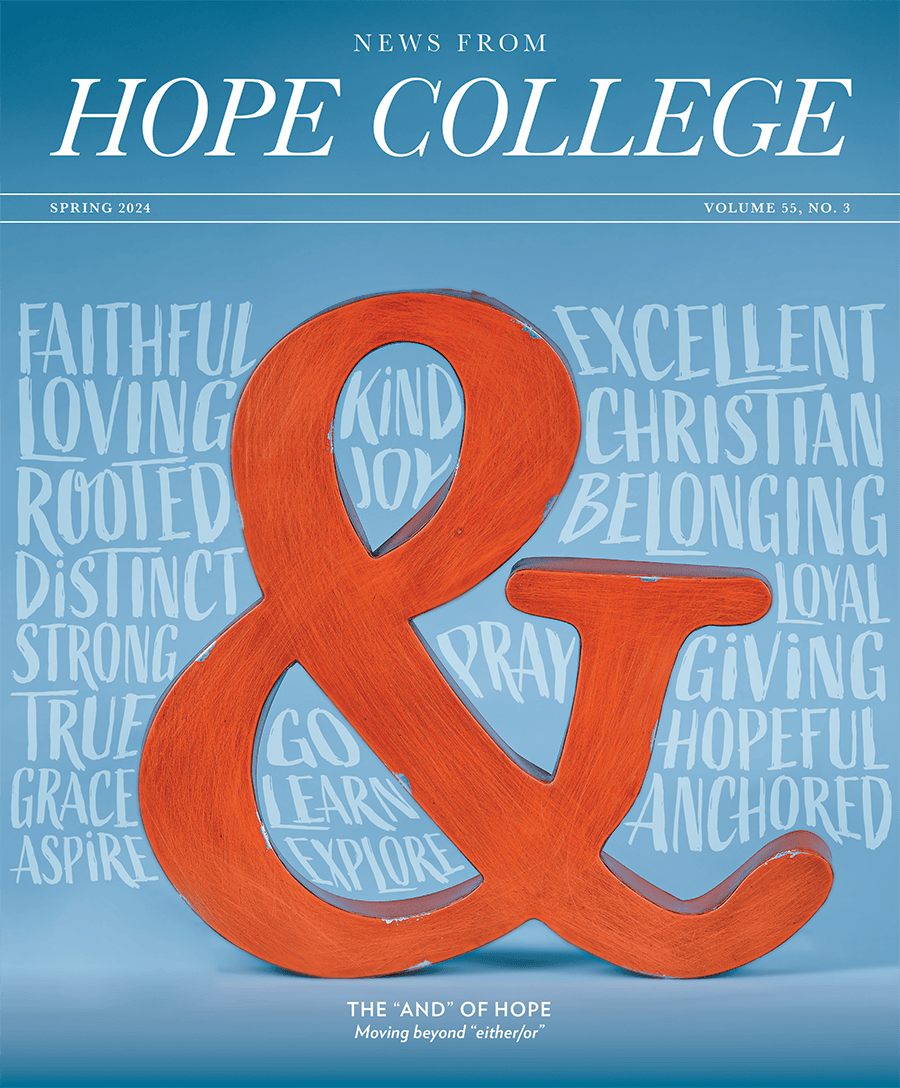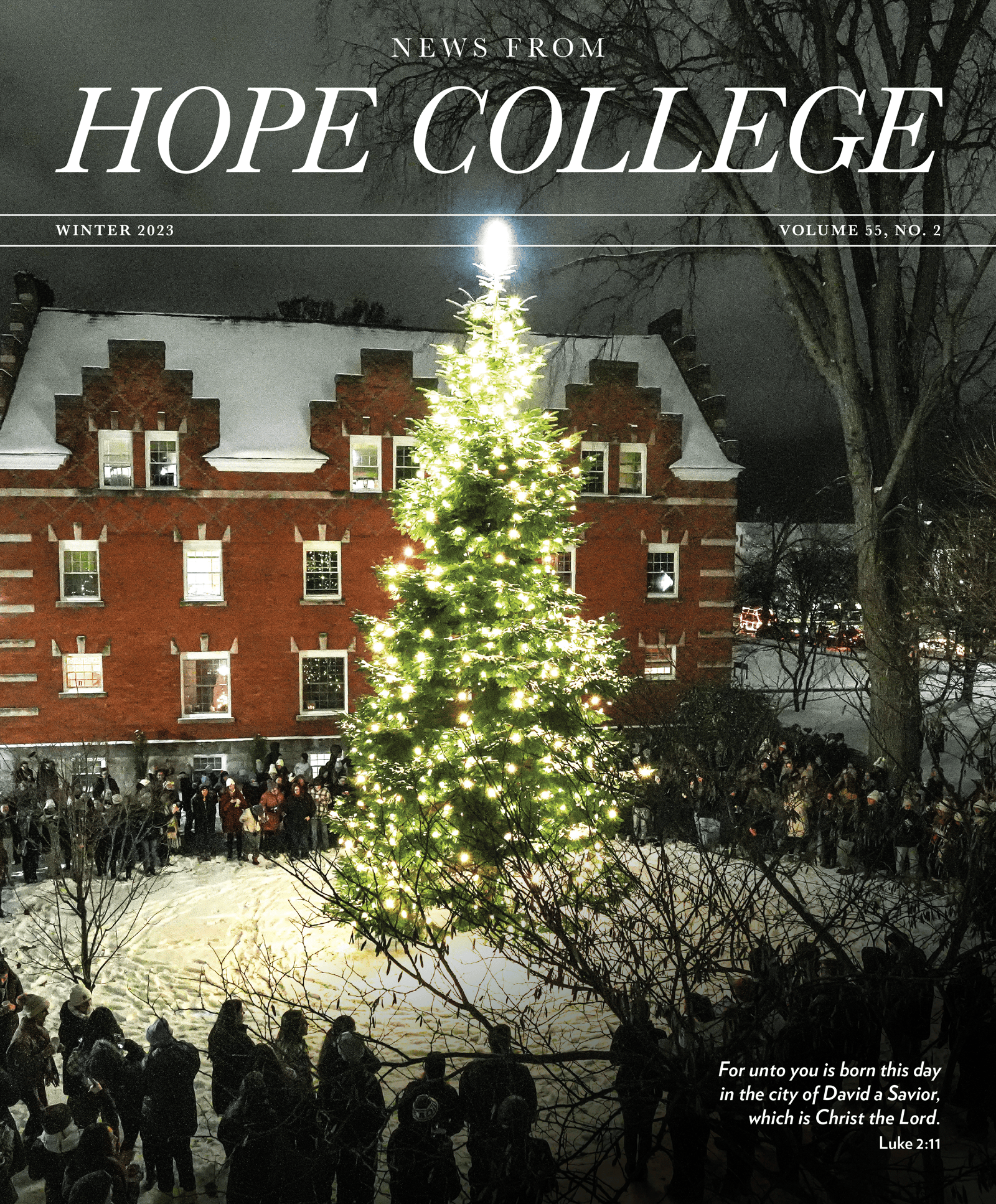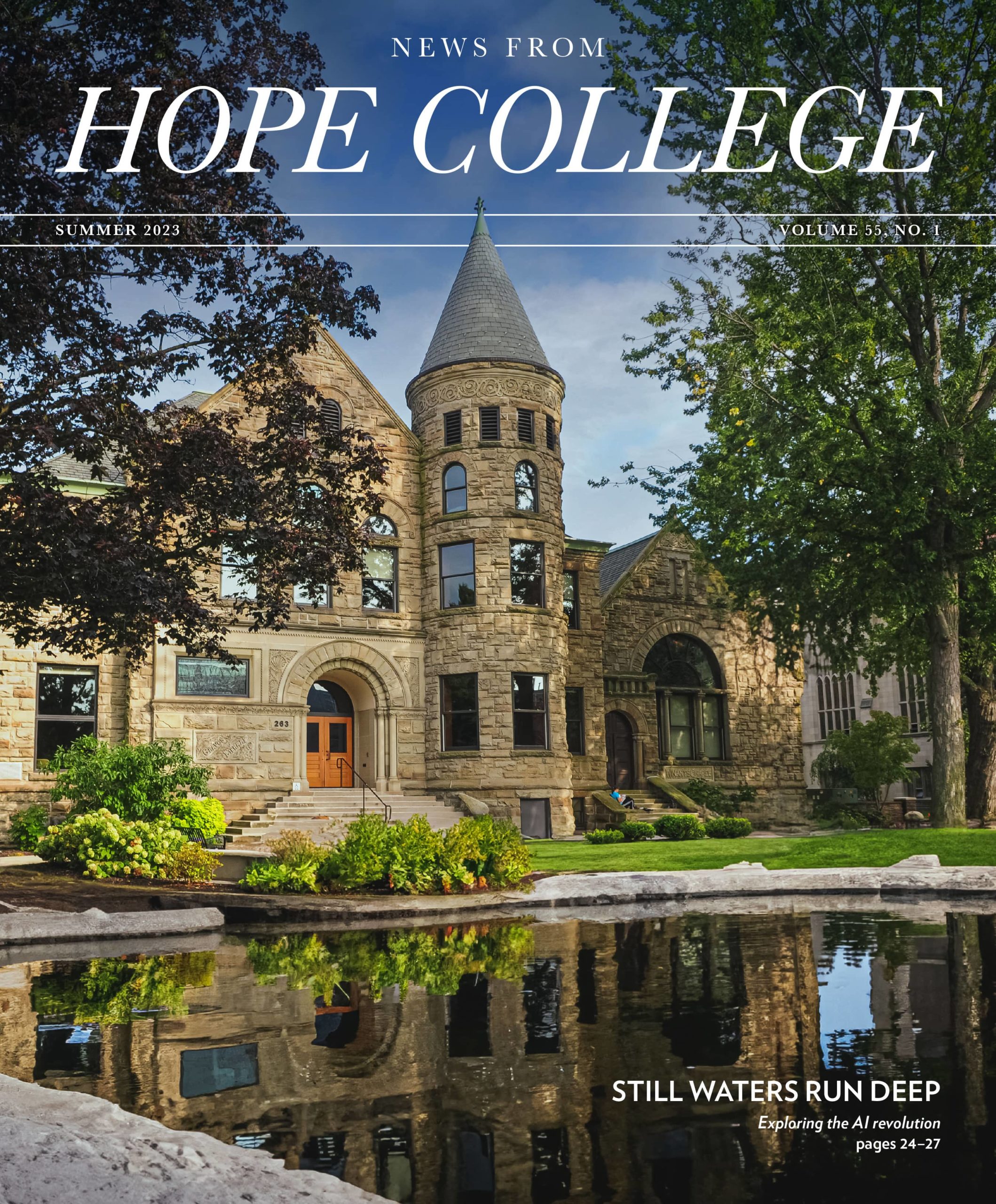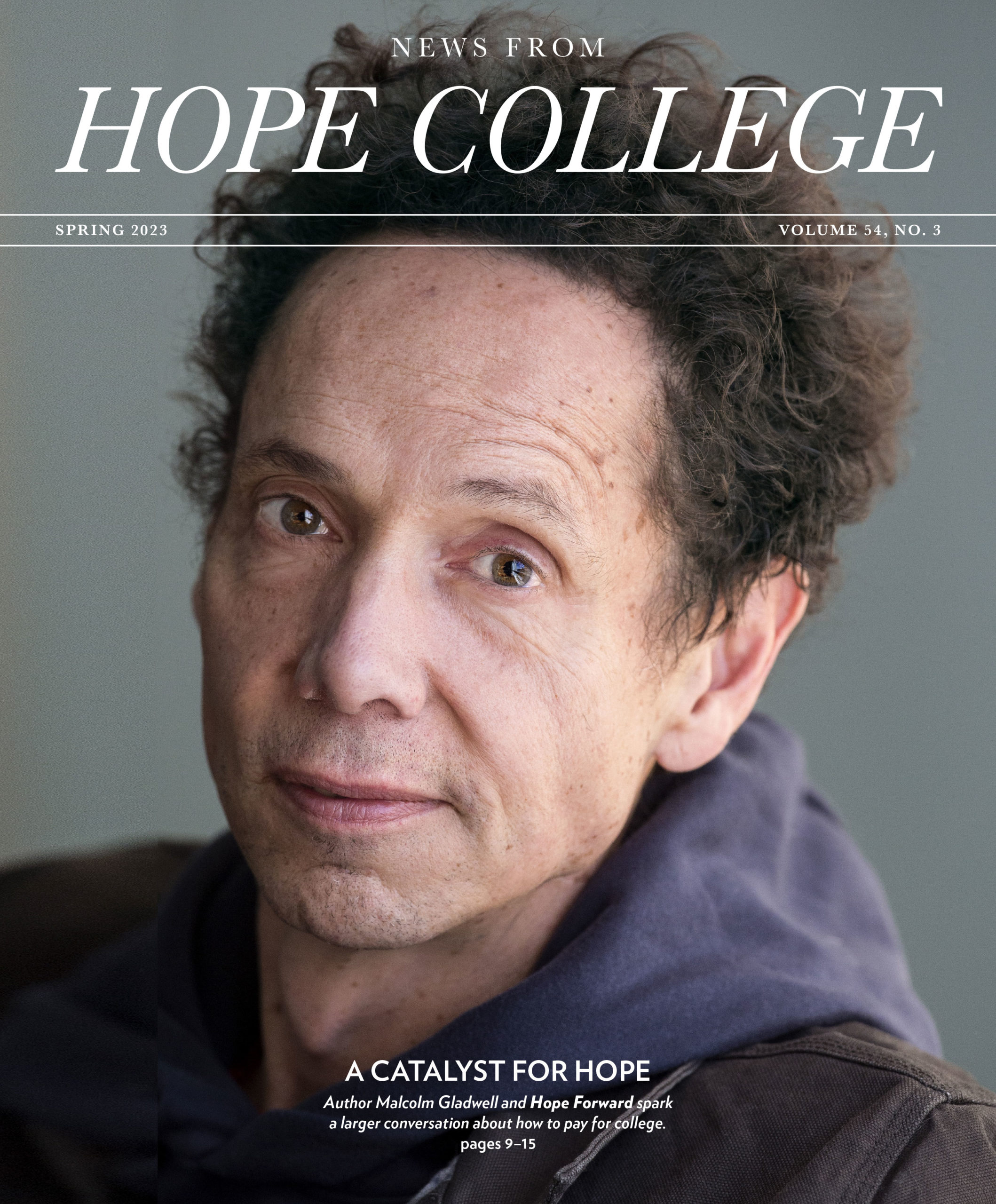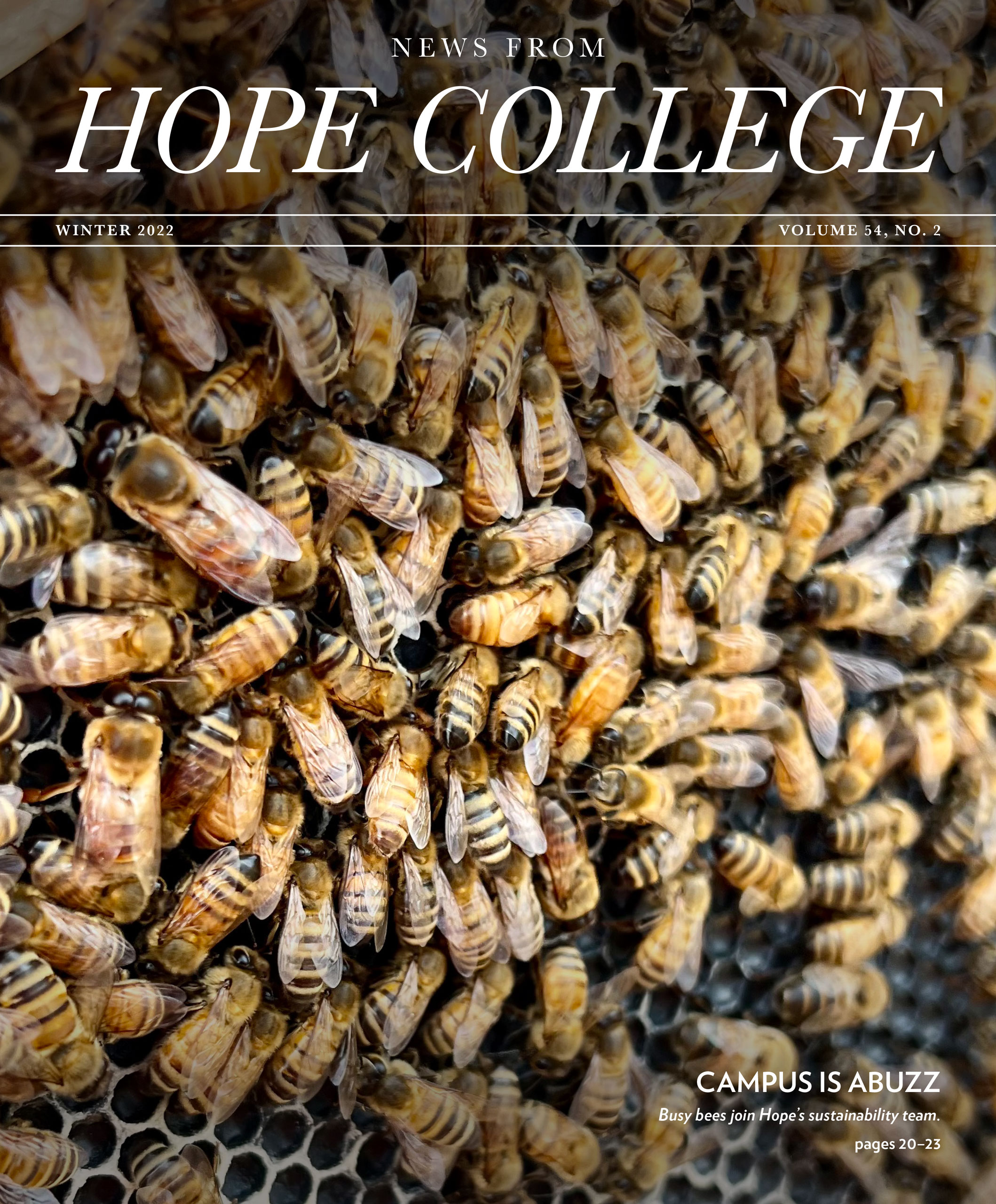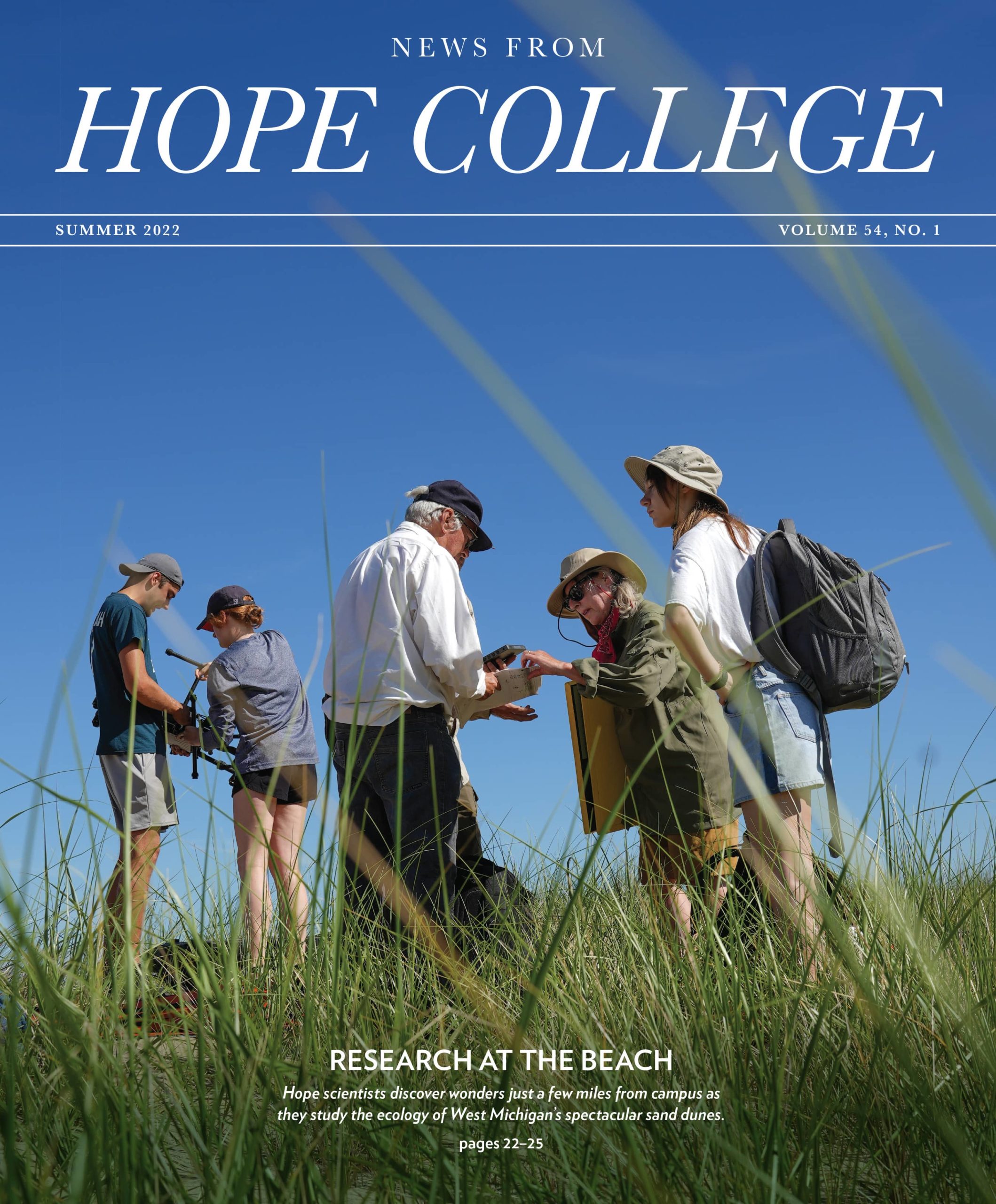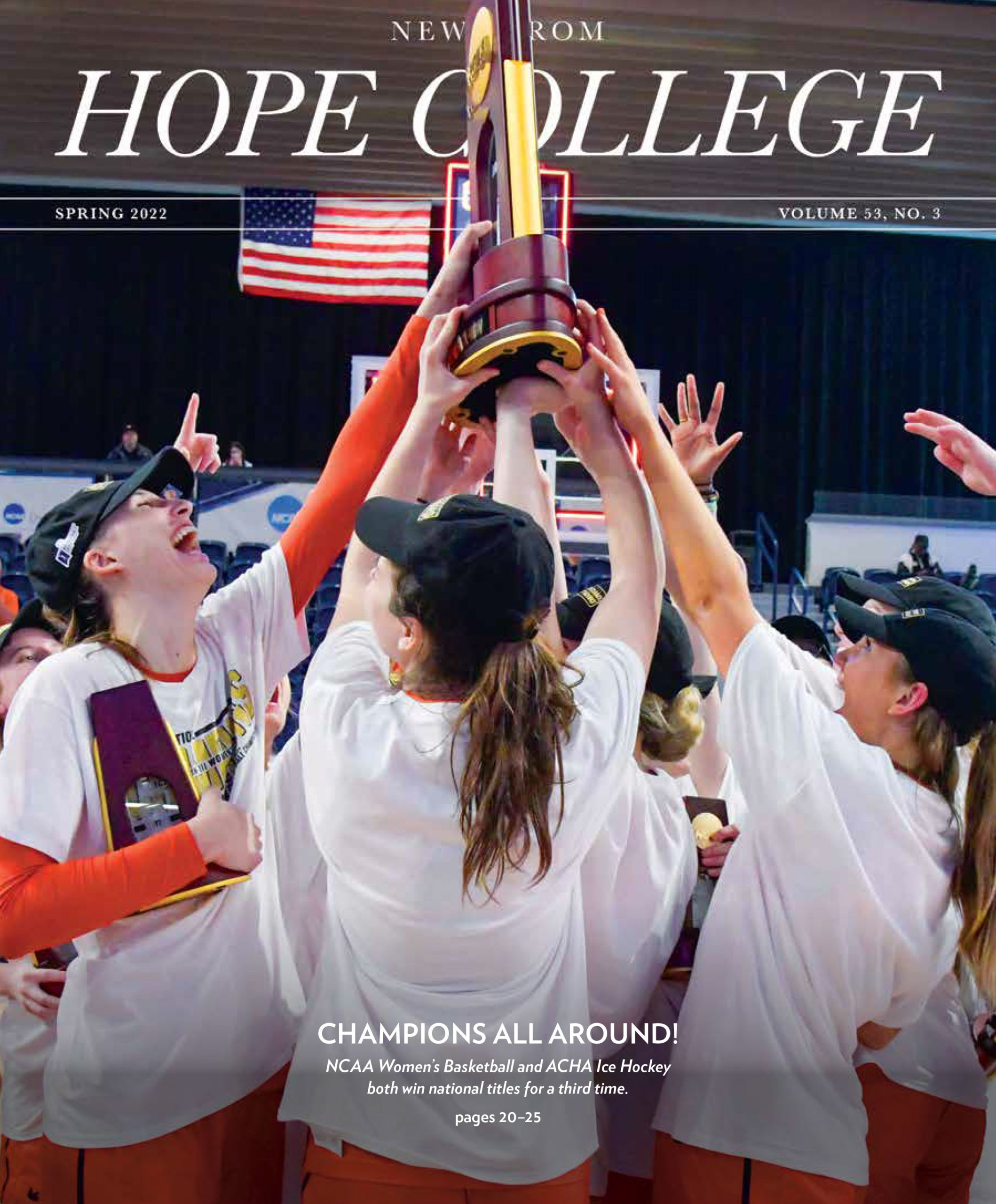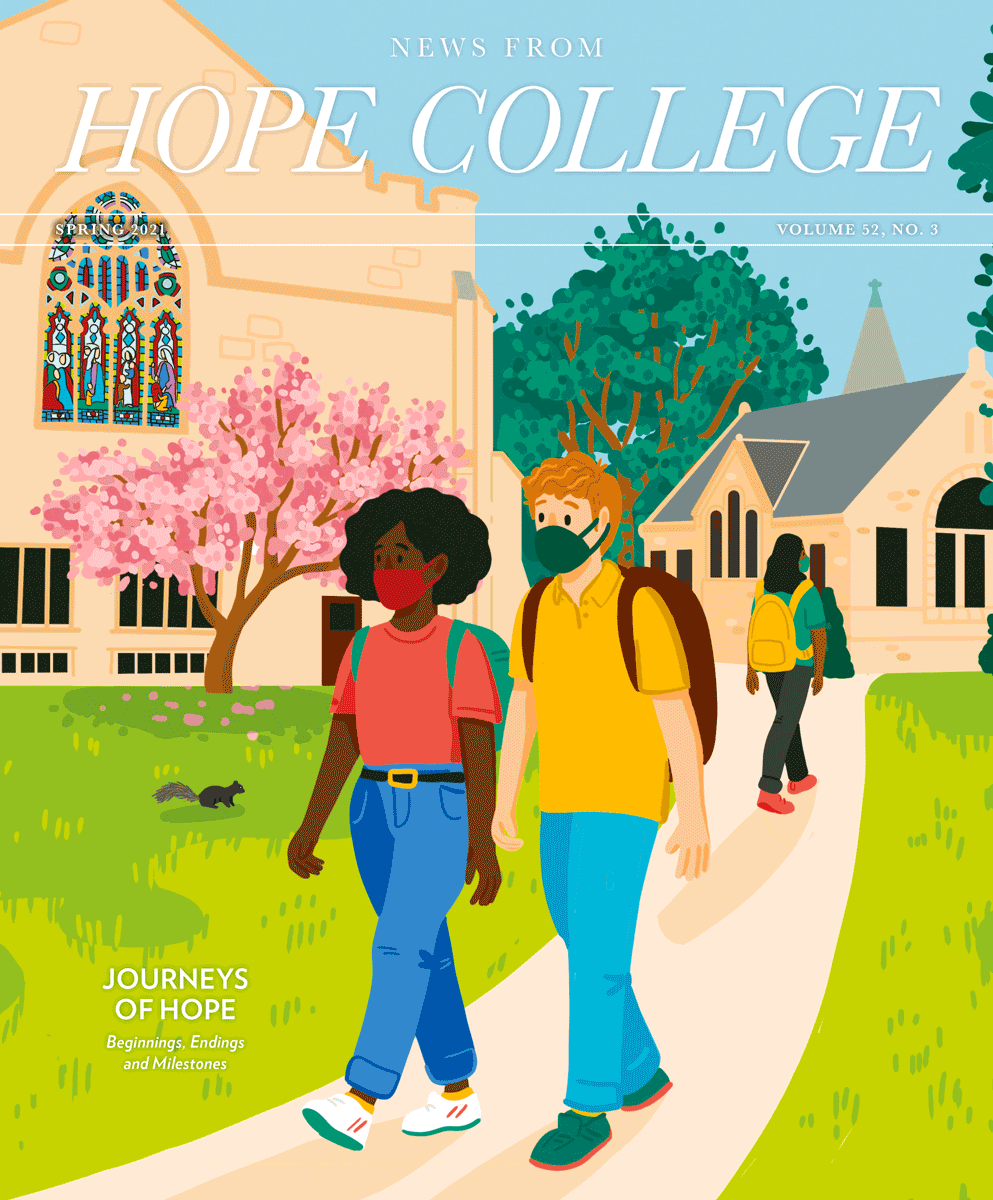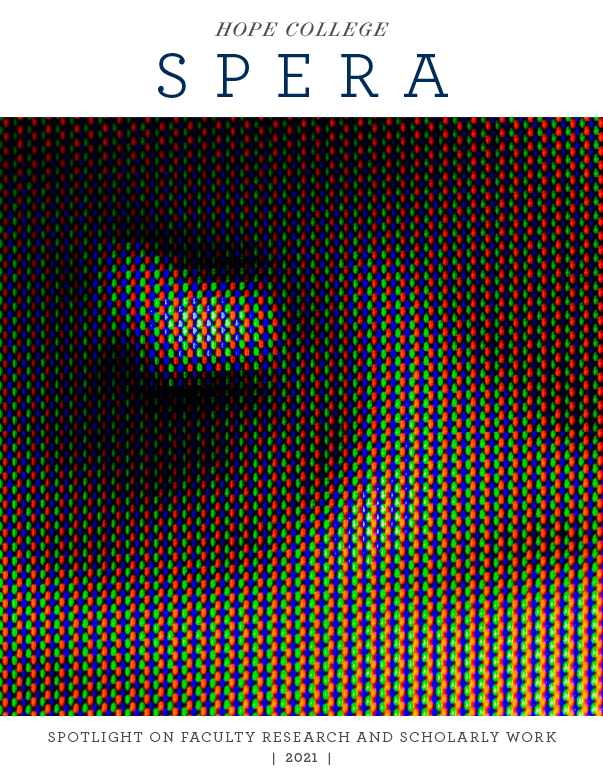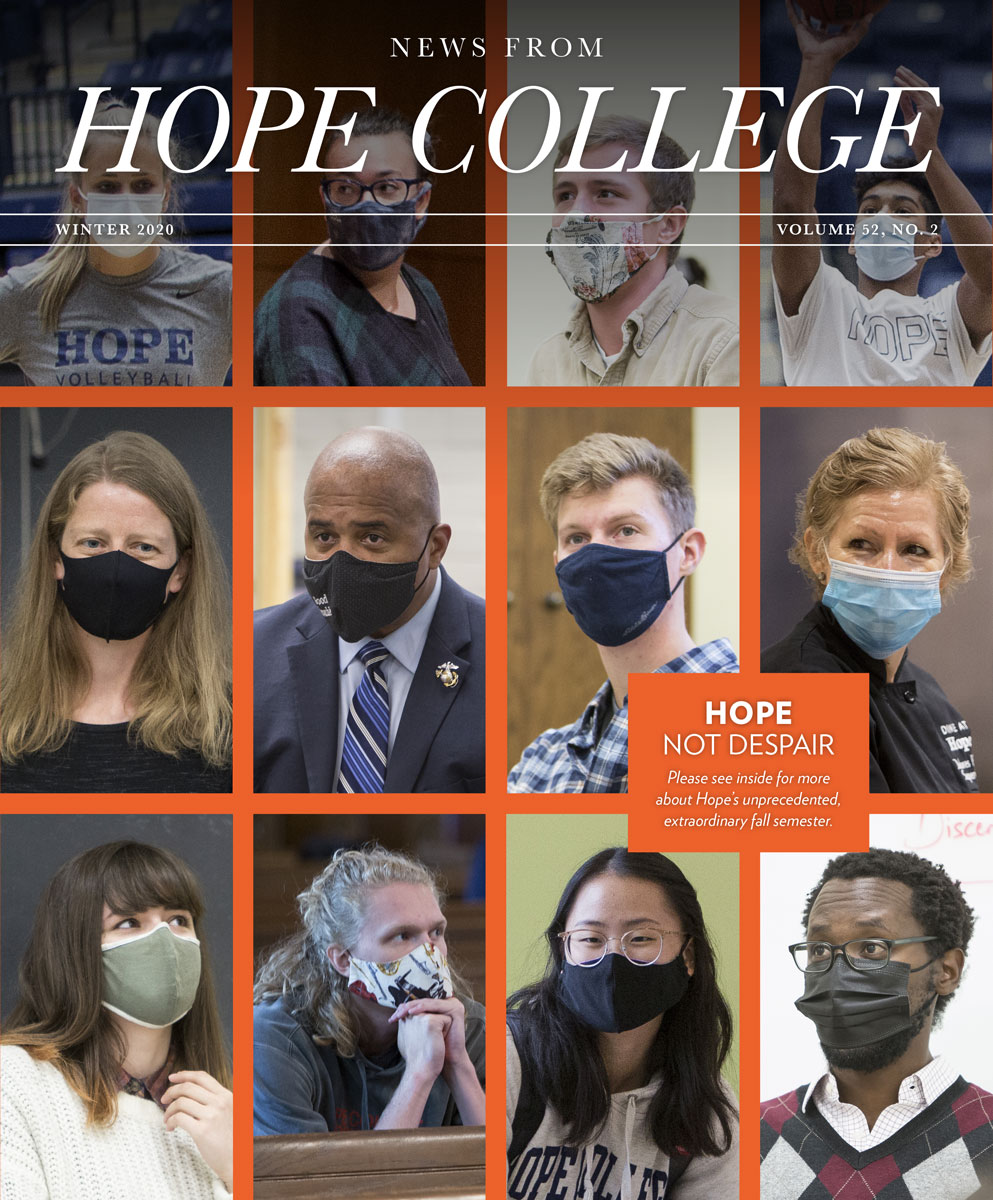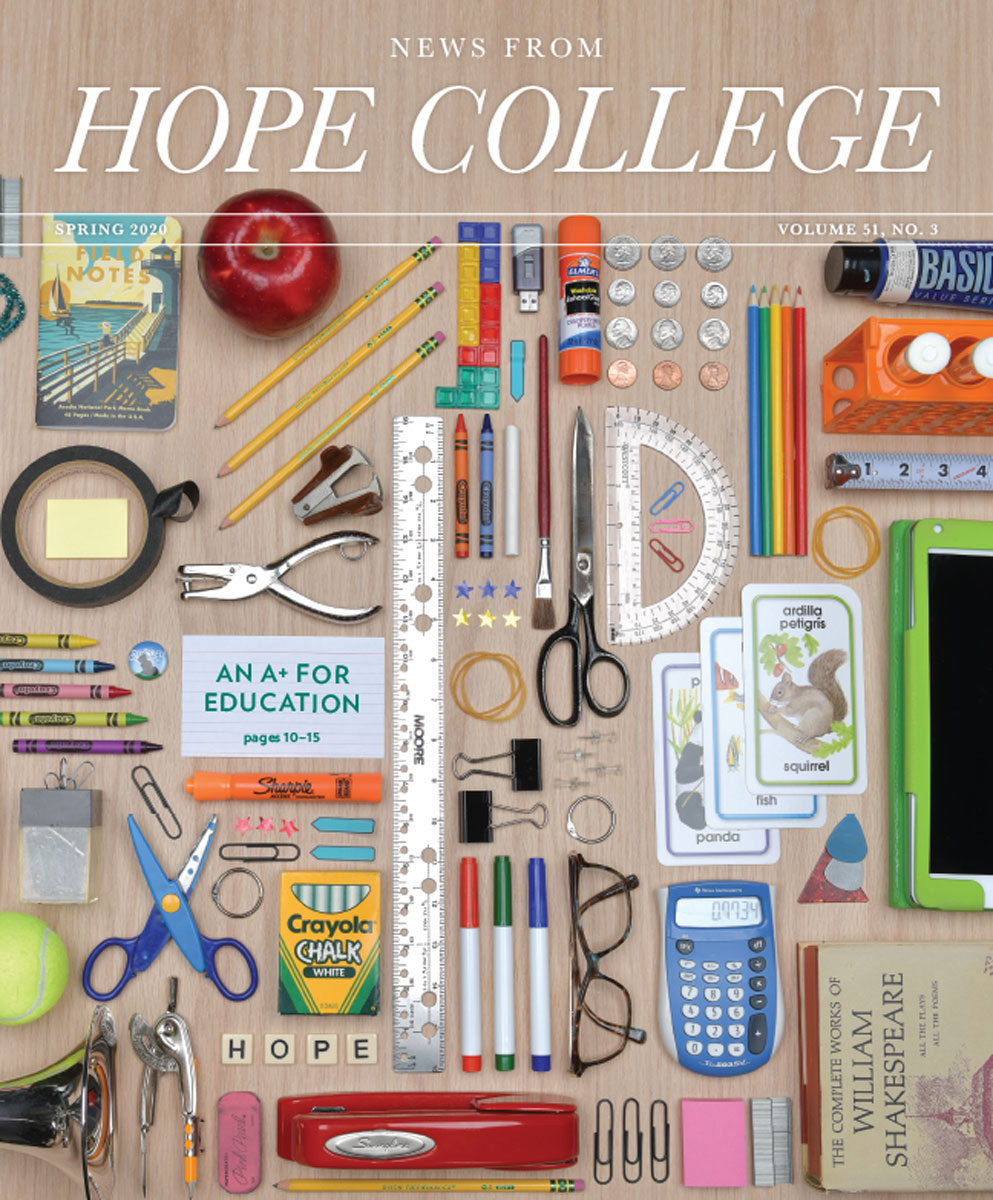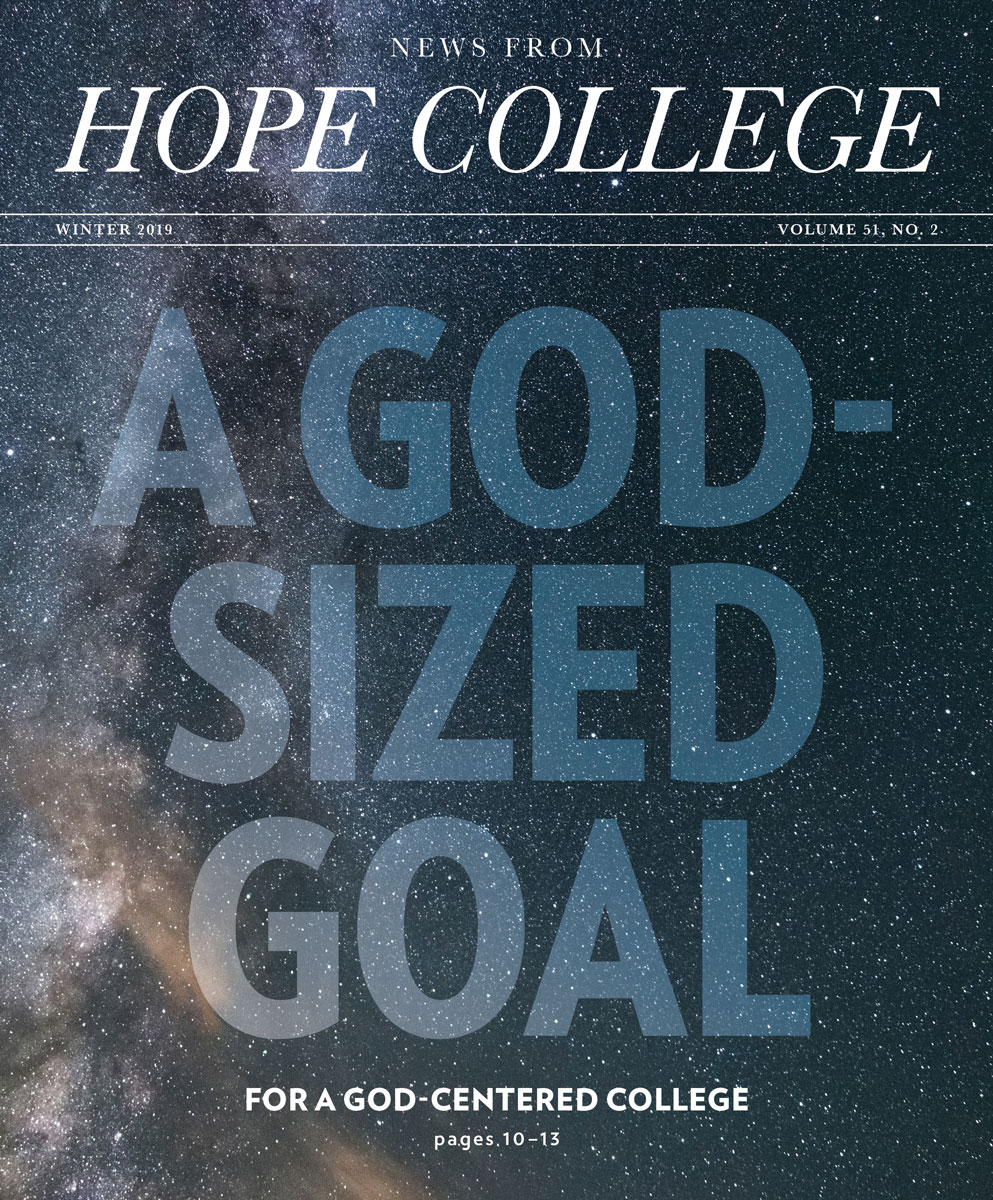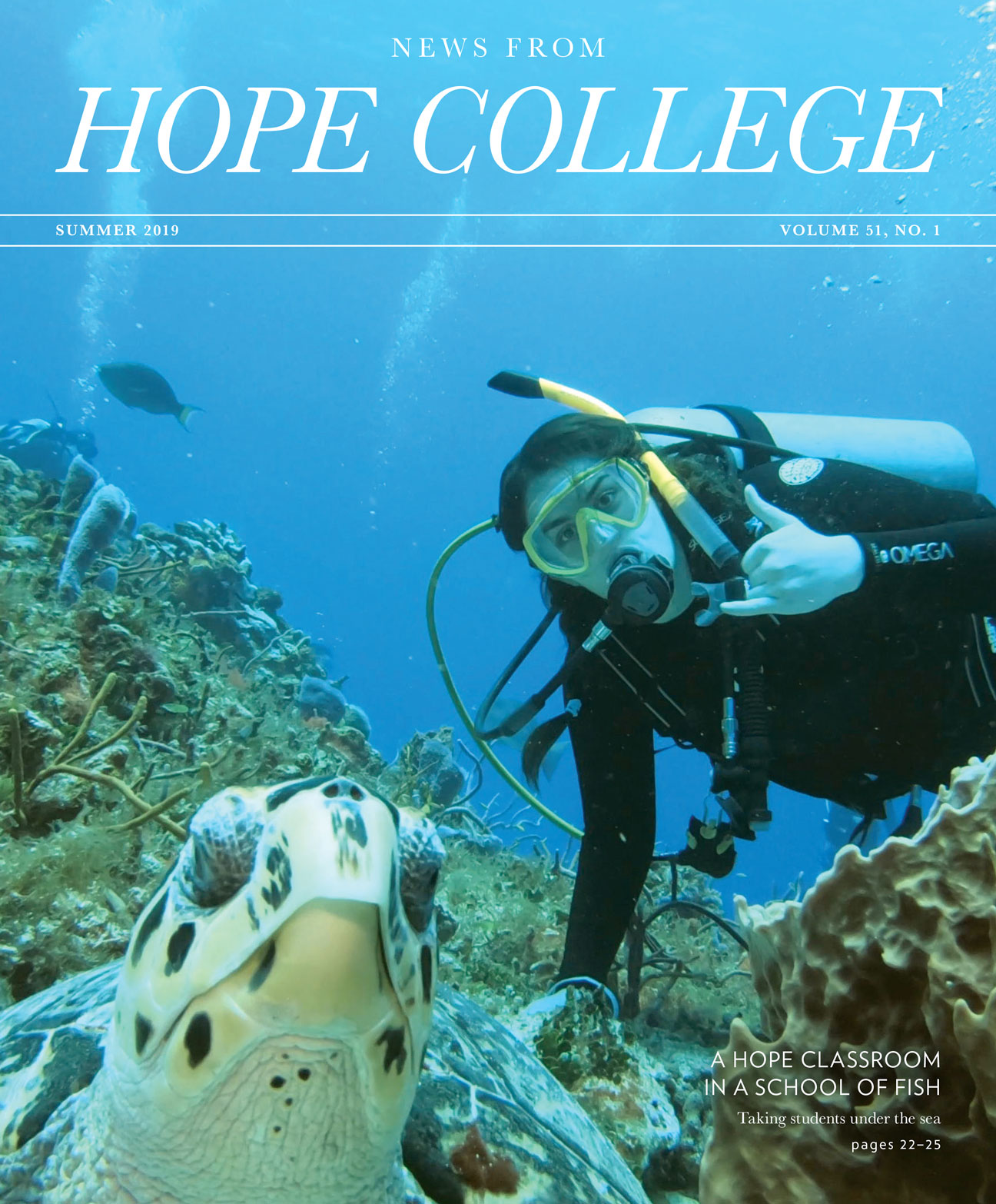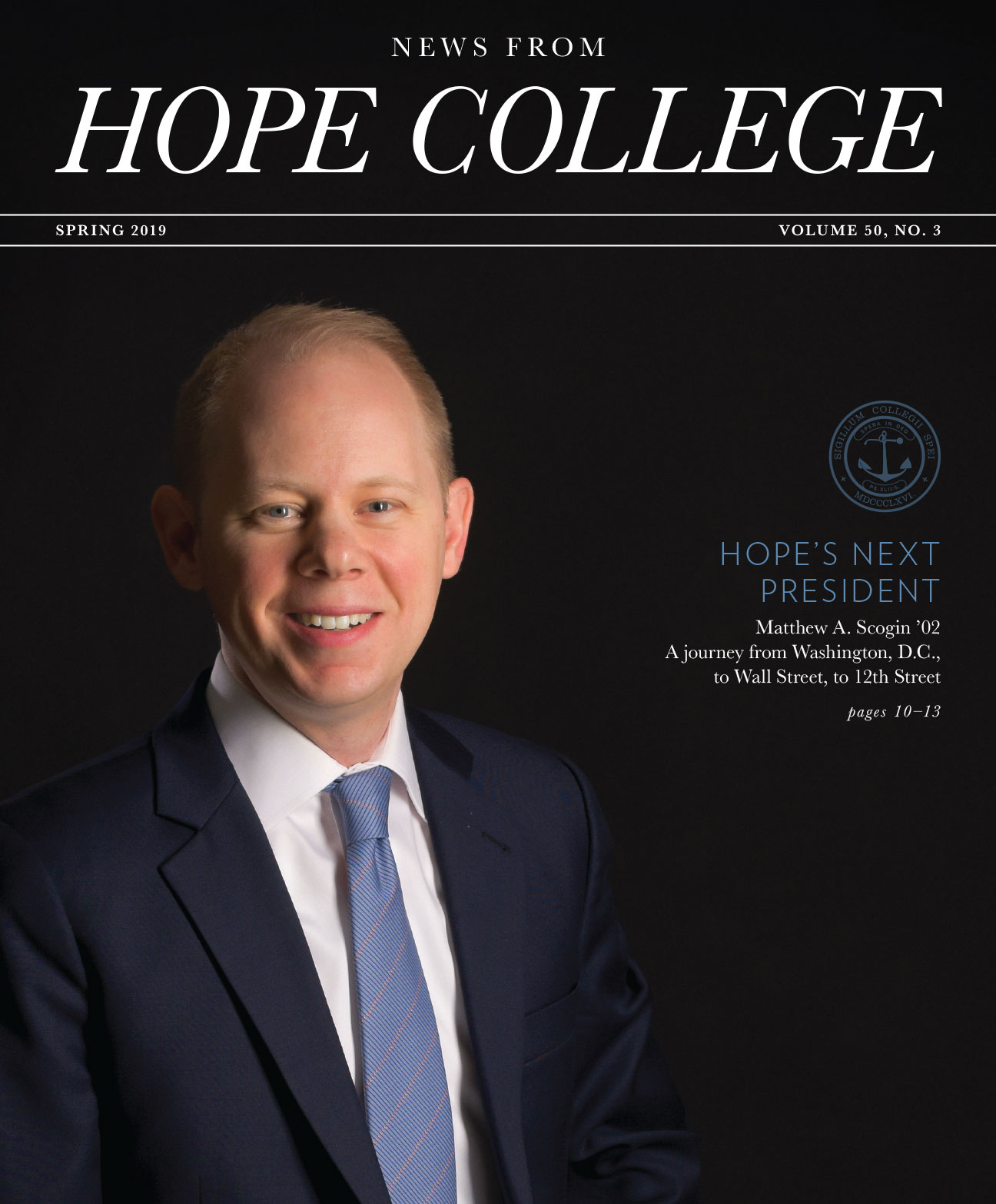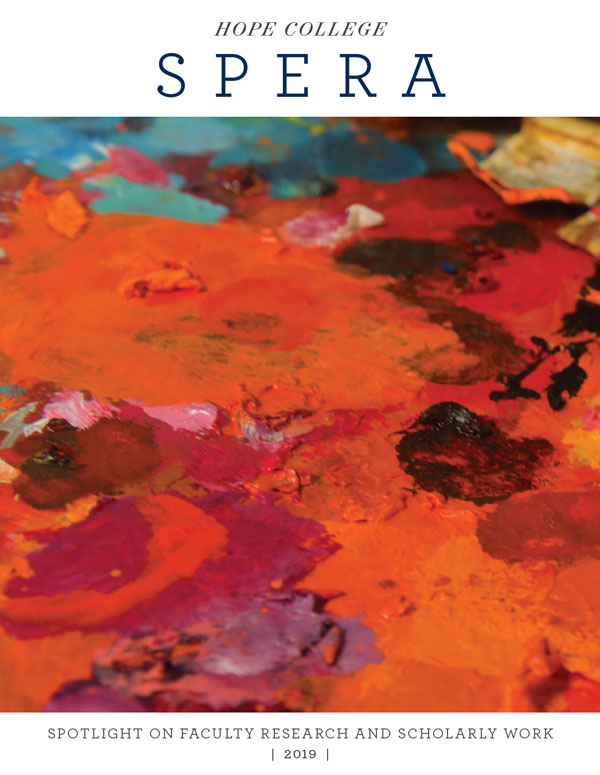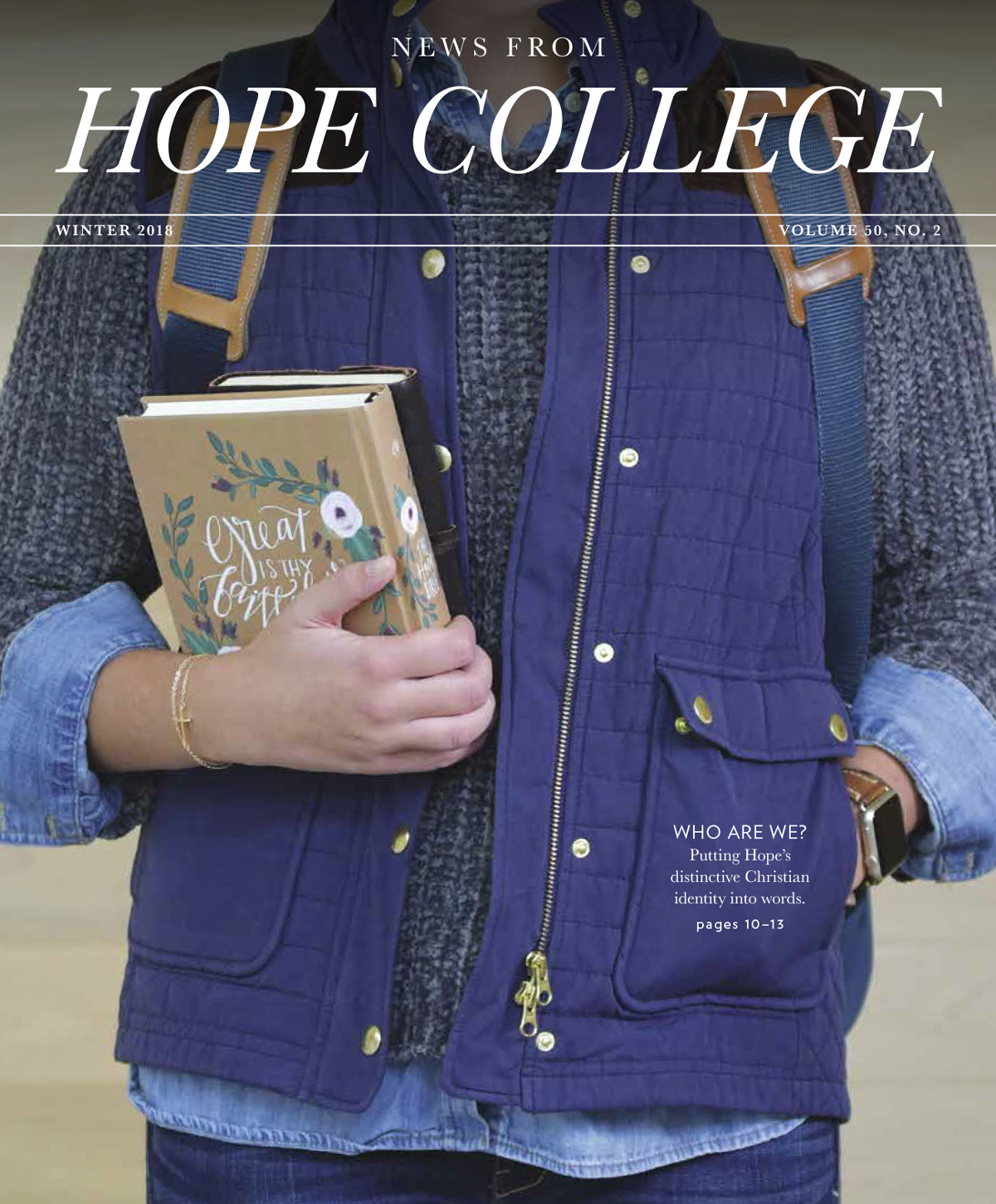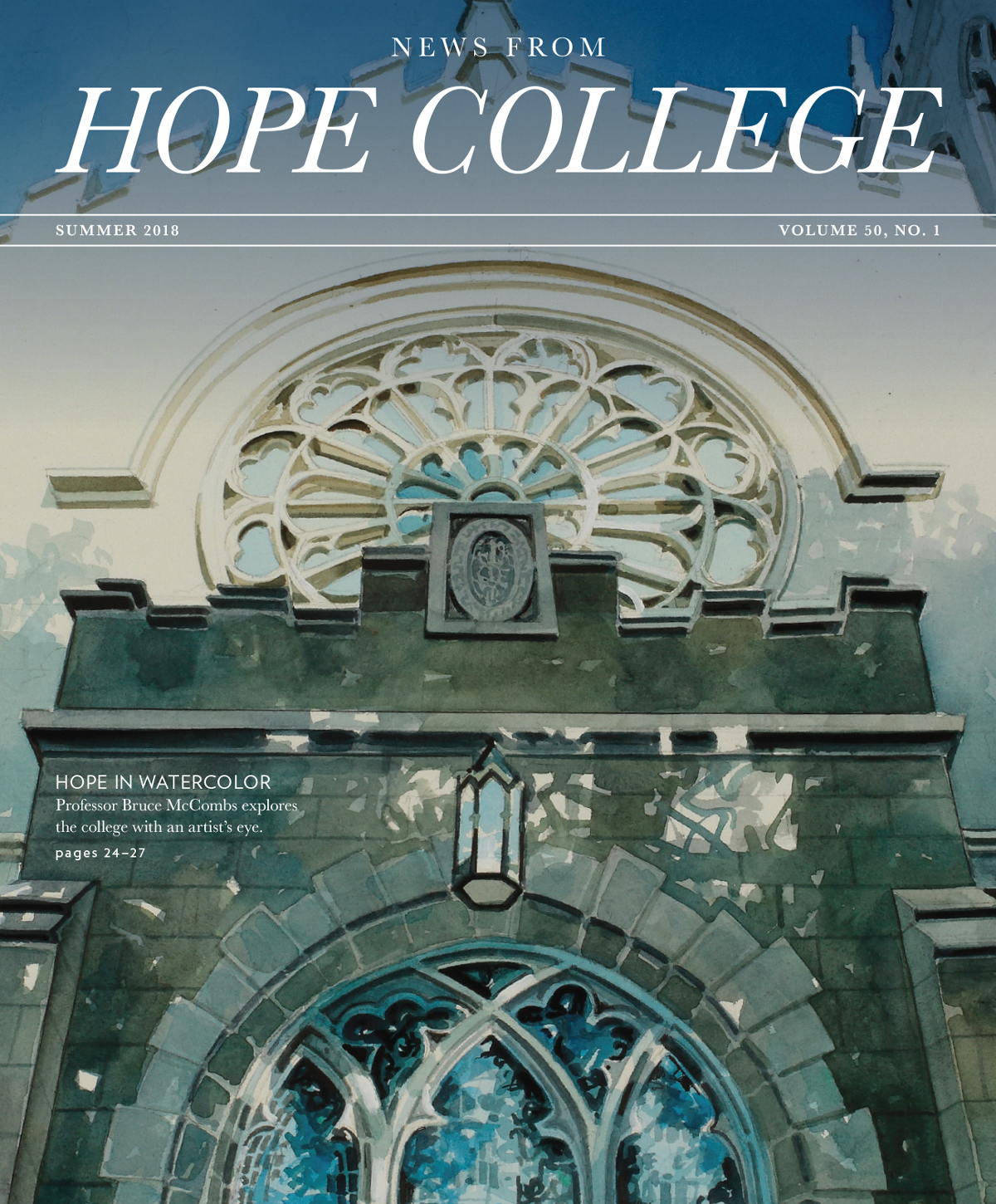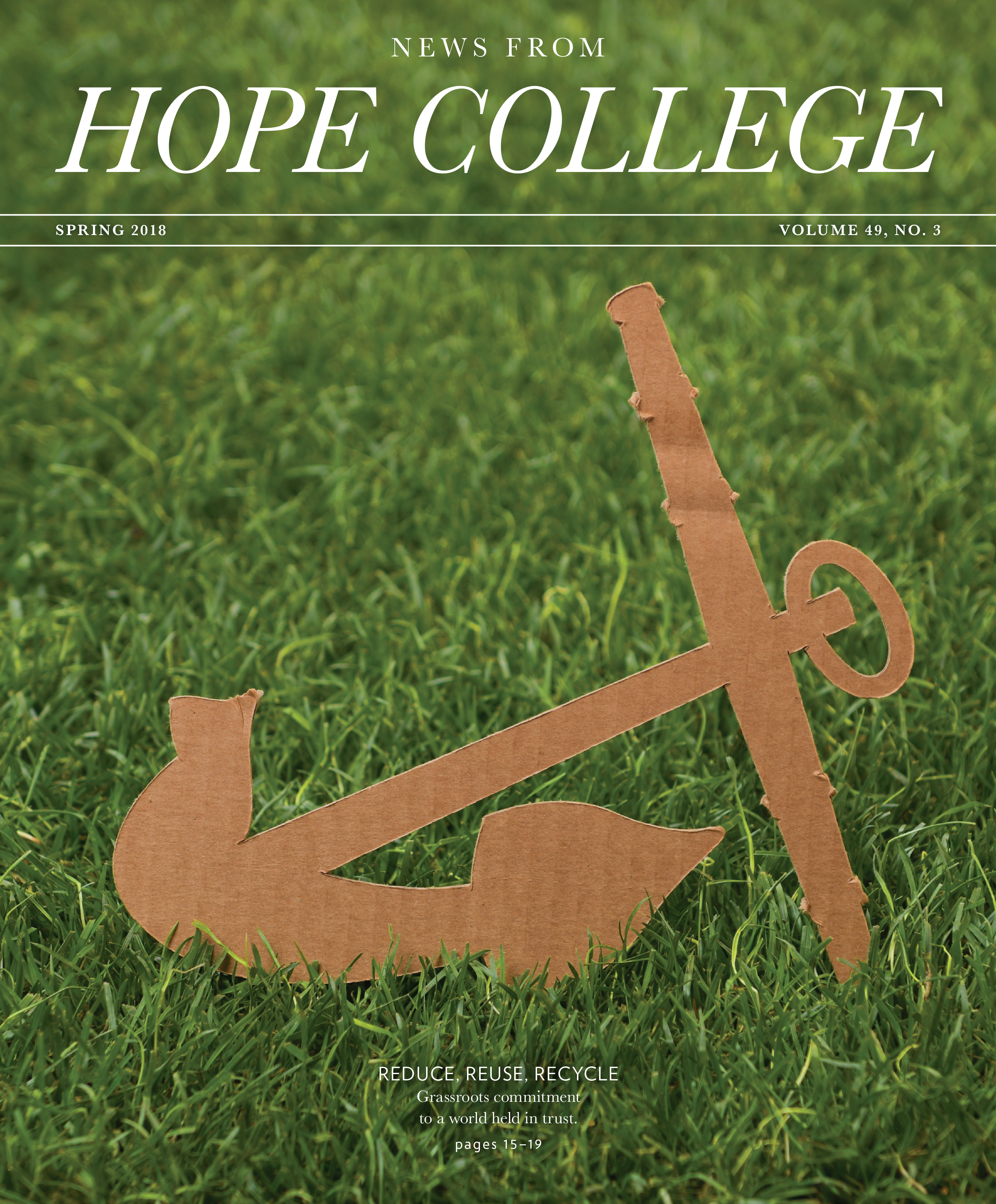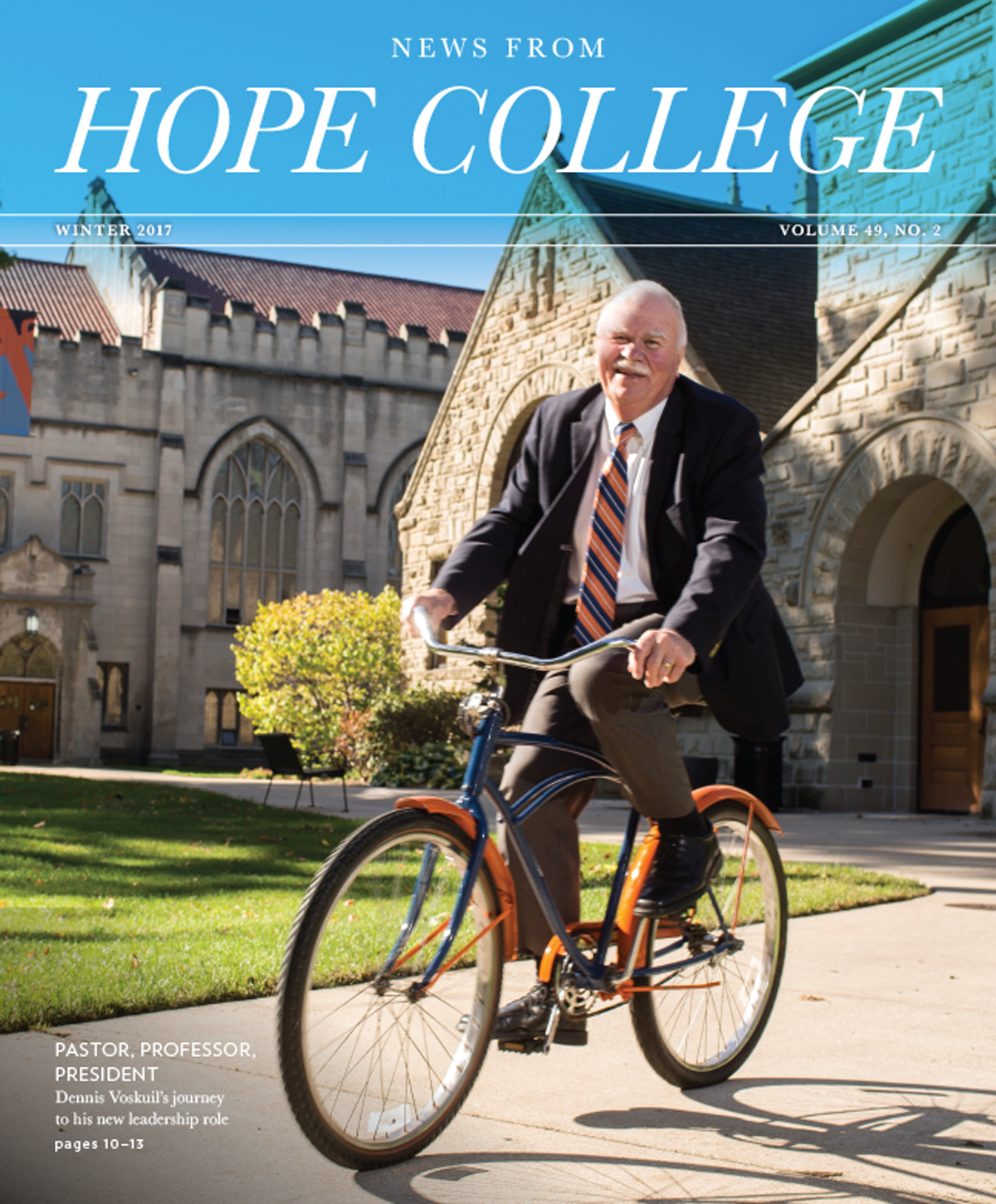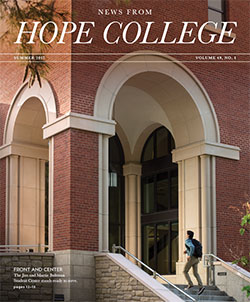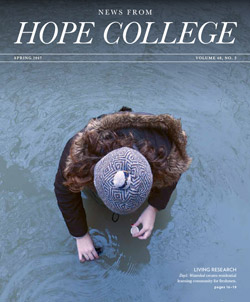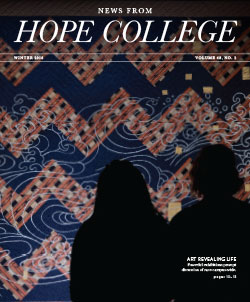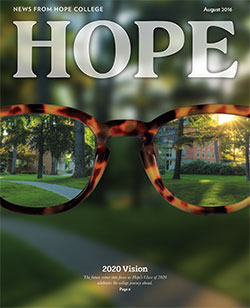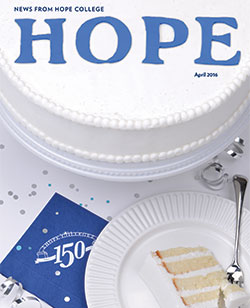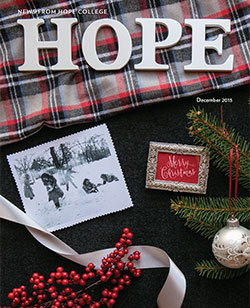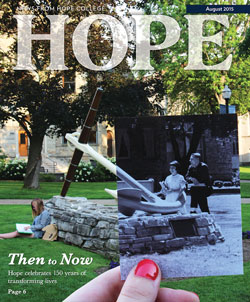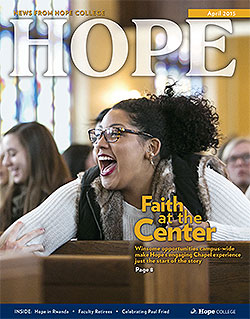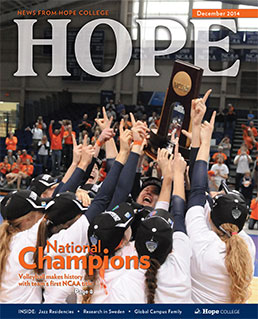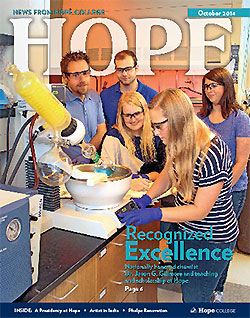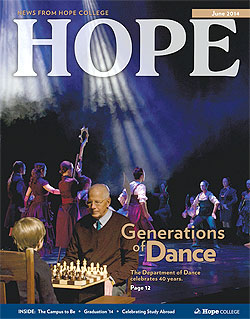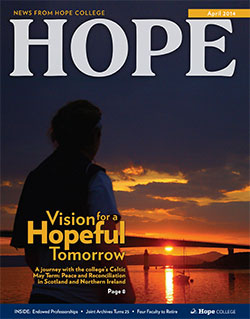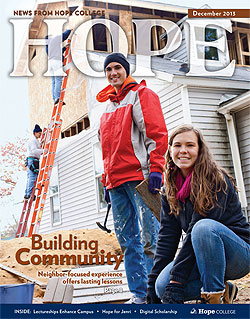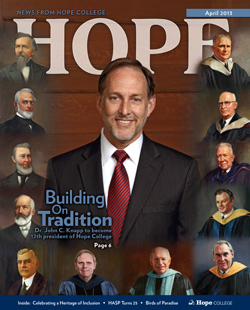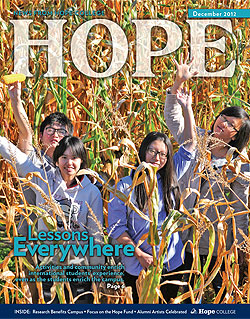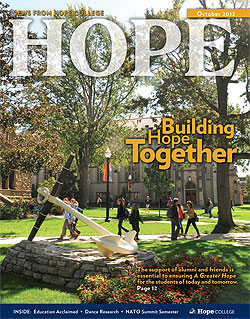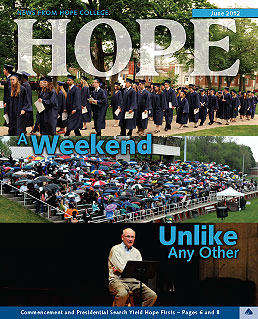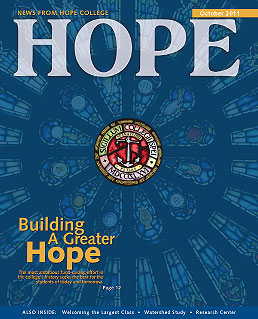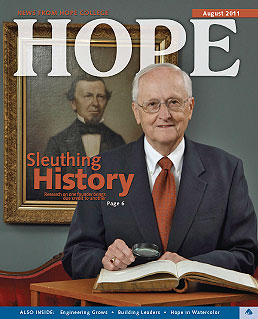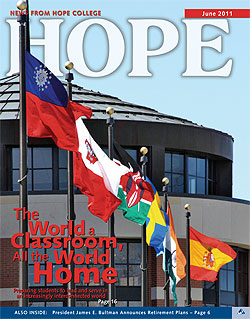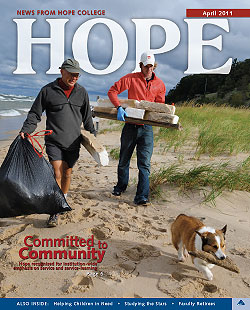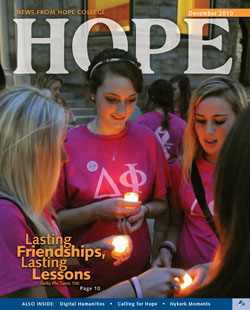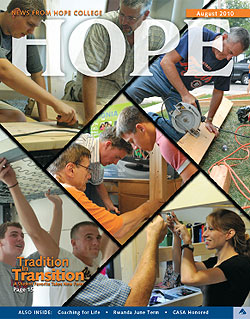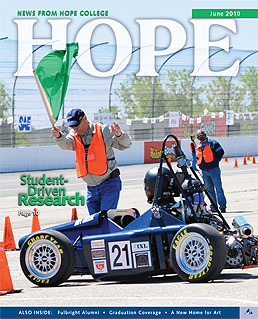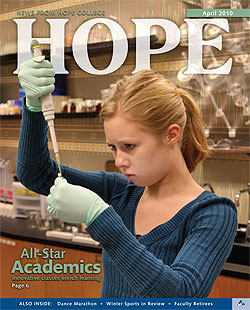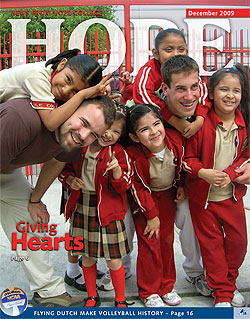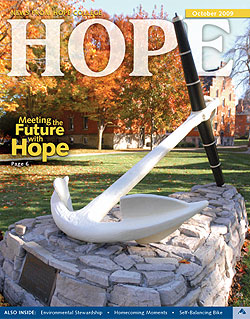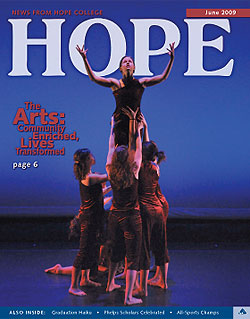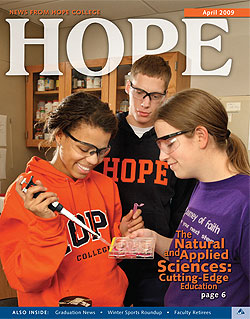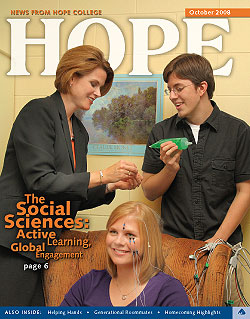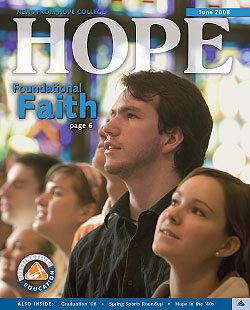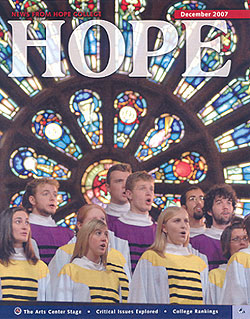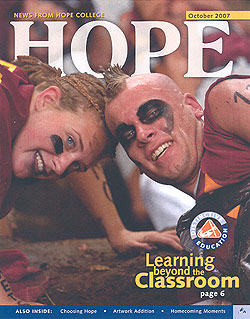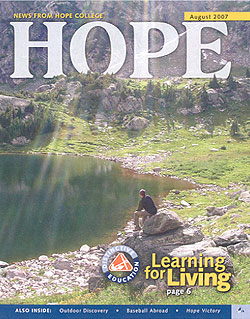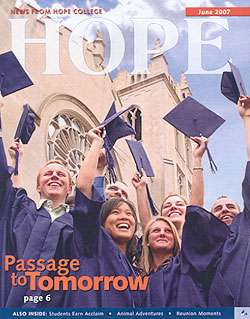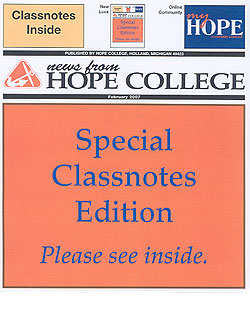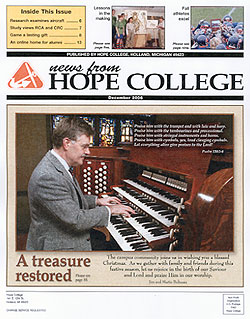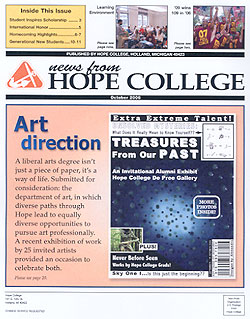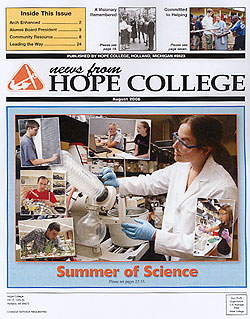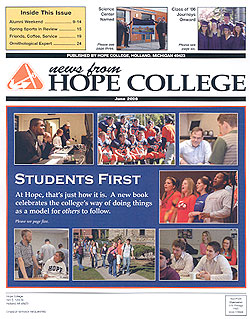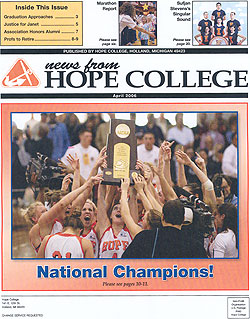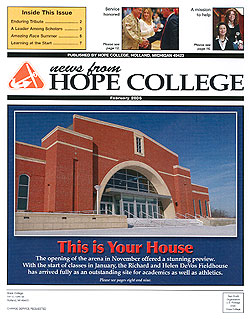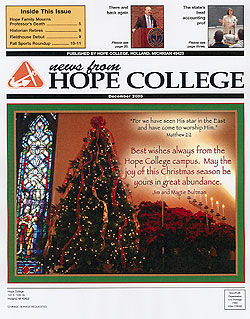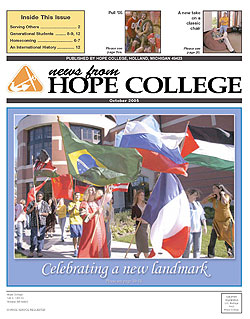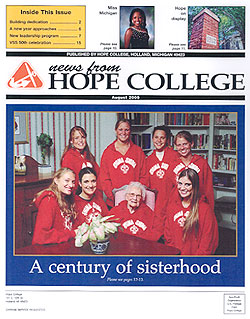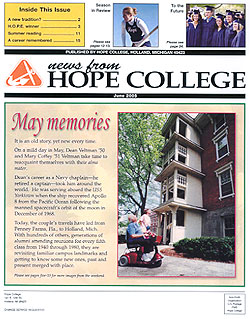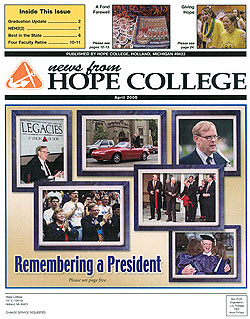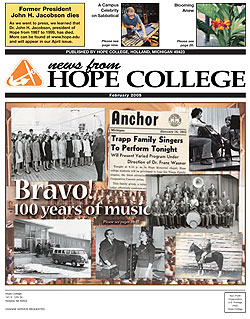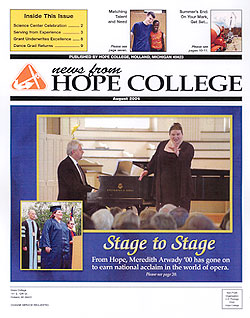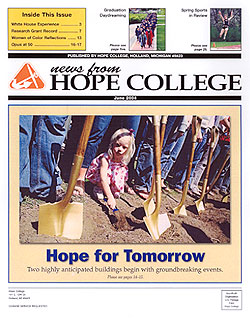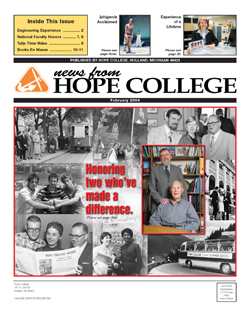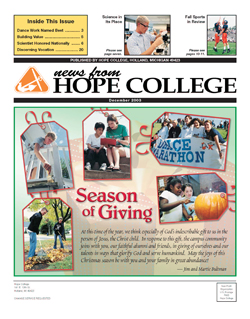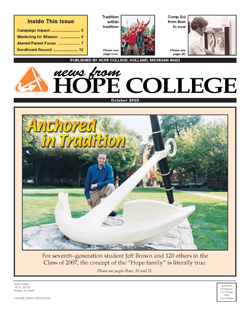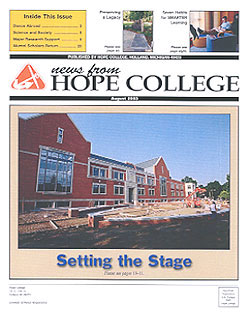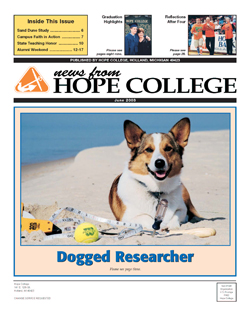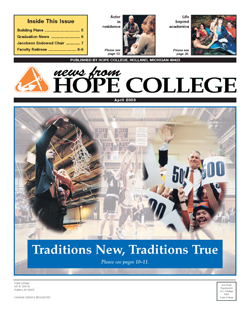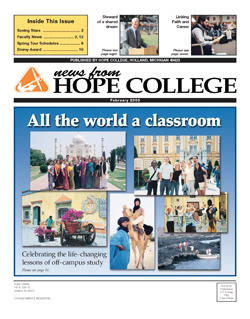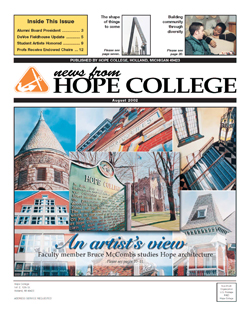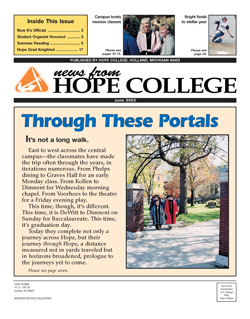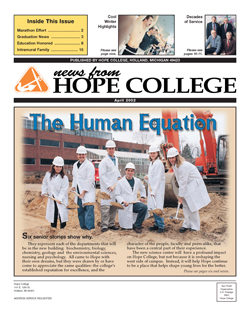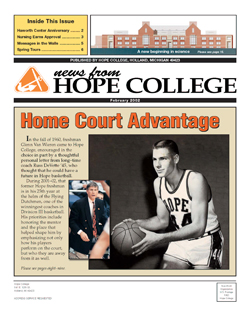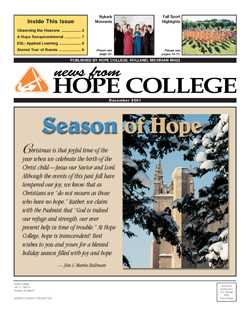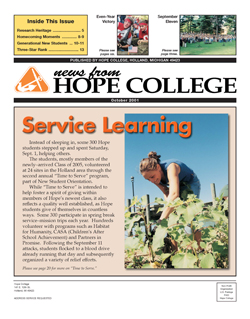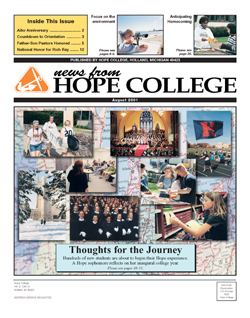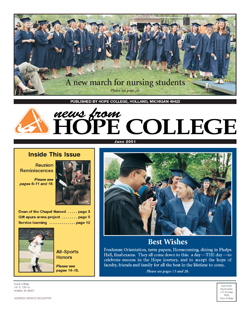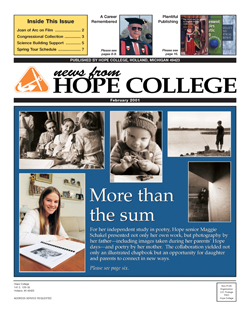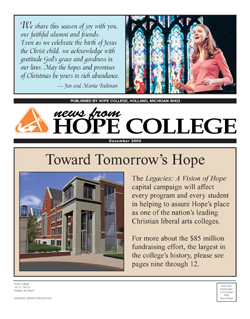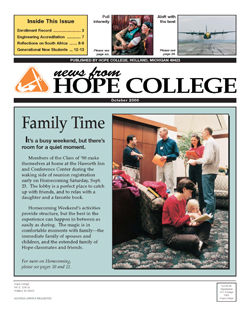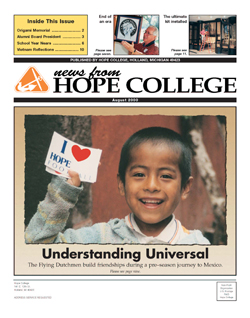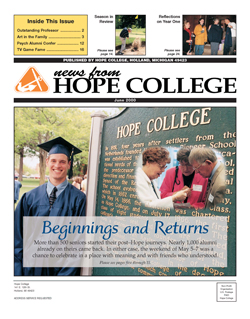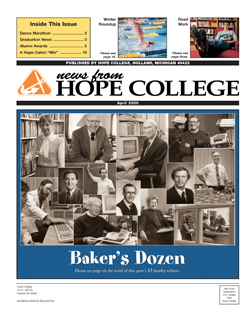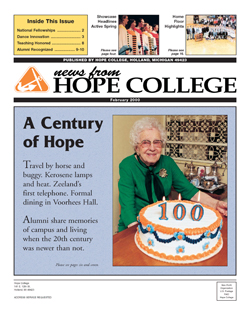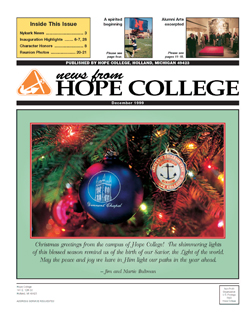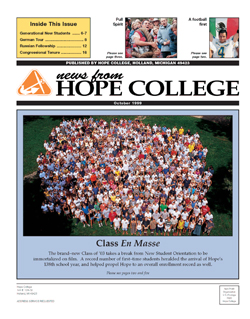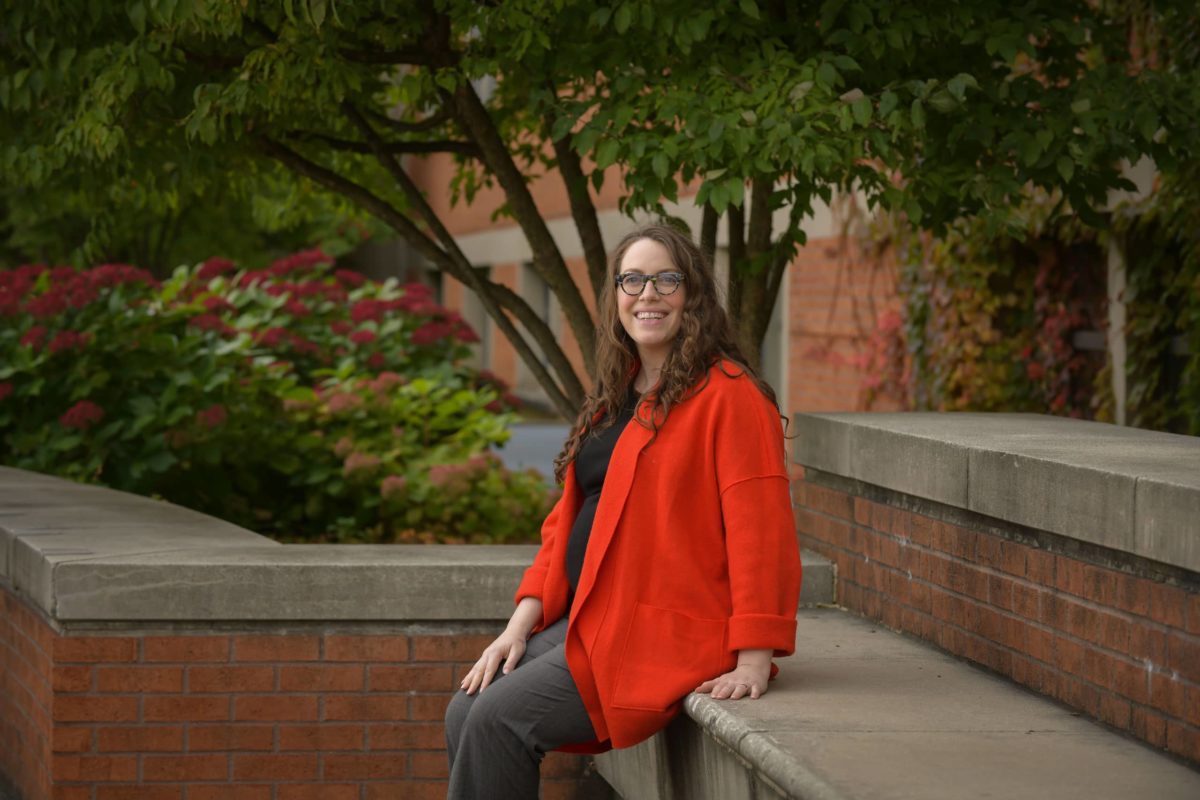Investigating the Dynamic between Health and Faith
ALYSSA CHEADLE, PH.D. | ASSISTANT PROFESSOR OF PSYCHOLOGY
Dr. Alyssa Cheadle is a Christian and a psychologist. In the United States, it’s an unlikely combination; according to Cheadle, psychologists are among the least religious academics. As a health psychologist, she develops insights into many aspects of physical health that are affected by mental health, and vice versa, in her prolific research output. But at the heart of her research are the poignant relationships between religion and overall health.
“The vast majority of people in the United States are religious and believe in God. That’s going to affect behavior; it’s going to affect our lives,” she says. “It’s important because it’s common, so we should understand it and use it — if we can — to improve health.”
Cheadle works to understand the constellation of connections binding religion and spirituality, mental and physical health, and a range of other factors including social, behavioral, psychological and biological mechanisms. Her recent and current research projects are all about “looking at what resources — including religiousness — predict better health outcomes,” she says.
A four-year Hope College fellowship gives Cheadle the bandwidth to delve into research to a degree unusual for a professor at a liberal arts college just five years into her career. As a Towsley Research Scholar, she receives funding and dedicated research time. She spent spring 2020 on sabbatical — still in Holland, but as a full-time researcher, which enabled her to keep multiple projects in stream and write up the results of some done the year before.
She and Hope student Kimberly Paquette ’21, with guidance from religion professor Dr. Jared Ortiz, completed their investigation of the religiousness and health of individuals who had survived childhood polio and gone on to develop post-polio syndrome (PPS) some 40 to 70 years later. The findings of the study funded by an Andrew W. Mellon Foundation Grand Challenges Initiative grant were surprising: The religious patients reported better mental health but were plagued with poorer physical health than their non-religious PPS counterparts. In November 2020, Paquette presented the research at the Van Andel Institute’s West Michigan Undergraduate Science Research Conference.
Another study Cheadle pursued, this one with collaborators including her Hope colleague Dr. Andrew Gall, delved into the connection between forgiveness and sleep. Using a nationally representative survey of 1,400 American adults, their statistical analyses demonstrated that sleep quality does indeed mediate — partly explain — the relationship between forgiveness (of self and others) and overall health. A 2020 article in Psychology & Health reported the findings.
“I get really excited when we find those mediation links,” Cheadle says. This one was no surprise. “It kind of makes intuitive sense that someone who’s more forgiving is going to sleep better, because they’re not ruminating at night; they’re not up worried about a relationship or nursing a grudge,” she says. “And sleep is so important to health; we have tons of literature on that.”
In a similar vein, another of Cheadle’s 2020 projects implemented an intervention program in India that trained a sample of religious people to be more forgiving. The majority were Hindu, with a smattering of Muslims, a handful of Christians, and a single Jain participant. In an article in Frontiers in Psychology, Cheadle and five co-authors reported that the intervention — already proven effectual in the United States — was also effective in India. Study participants exhibited increased forgiveness, empathy and positive affect regardless of their different faith affiliations.
The COVID-19 pandemic interrupted her data-collection efforts, putting another study in India and much of her other ongoing research on hold. So, she adroitly pivoted to studying the pandemic itself, looking at newly emerging health behaviors and outcomes resulting from its swift, unexpected advance.
With co-researchers at three other colleges, Cheadle developed a health behavior measure to determine public compliance with the CDC’s March 2020 recommendations for public comportment during the pandemic (which were issued before masks were widely advocated). The recommendations centered on two categories of behavior: cleaning (of hands, surfaces, etc.) and distancing (from others, high-touch surfaces, etc.). This measure was published in the journal Annals of Behavioral Medicine in August 2020, and in late 2020 was in use in several ongoing studies on COVID.
Another pandemic-related project zeroed in on home attachment: the way people feel in their home spaces, and how that perception affects them psychologically. “If you are suddenly at home all the time, and you have a better attachment to your home, then that should predict better mental health outcomes,” Cheadle says. She and her Hope colleague Dr. Ben Meagher “found that higher attachment to home was protective of symptoms of stress, anxiety, and depression,” she reports. The Journal of Environmental Psychology published their resulting article in late 2020.
She, Paquette, and collaborators at Luther College and Harvard University have also collected a sample of some 1,800 U.S. adults to determine how the many and varied stressors that popped up during the pandemic are connected to the coping resources that emerged in the same timeframe. Early results suggest important links between positive resources like coping and forgiveness with COVID-related psychological distress. As the 2020 fall semester wrapped up, the research team was preparing three papers for presentation at a year-end special meeting of the American Psychosomatic Society: one on forgiveness, one on religiousness, and one on race, discrimination, and socioeconomic status in the context of COVID.
Her research is heavily survey-based, but this entails many steps beyond asking questions and receiving answers.
“It’s just part of psychological science that a lot of the things we’re interested in, we can only get by asking someone,” she says. What happens next depends on statistics (and rather a lot of occasionally tedious “data cleaning”).
“When you give a survey to 1,800 people on the internet, it’s messy,” Cheadle says. She explains that it’s essential to tidy up the data before analysis and interpretation begin, which means combing through the vast landscape of survey data to pull together a coherent set to analyze. Say one survey was administered to ask dozens of questions about respondents’ demographic details (age, race, ethnicity, gender, hometown, etc.), and also asked participants the specific questions Cheadle is interested in. Those two sets of answers must be merged into one dataset.
The data also need to be “transformed”: the researchers assign participants scores (such as an extroversion score) based on the aggregate of their answers to all the questions in a particular section. Participants are allowed to skip questions, so Cheadle and her team also determine how much data are missing and whether that makes the data impossible to analyze. They check whether any survey-takers should be eliminated from the results due to incorrect answers to questions like “To show you’re still paying attention, please select ‘strongly agree.’”
Then they run data through a battery of statistical tests, depending on the research questions. Cheadle runs bivariate correlations, which establish how strongly connected two variables (such as forgiveness and overall health) are to one another.
Then she runs additional tests to determine other related variables and the strength of their connections — all in service of learning something new about the overarching connection between health and religiousness. These additional tests are . . . complicated.
“The statistical techniques that I use most typically are multi-level modeling and structural equation modeling,” she says, “and those are too advanced for my undergraduates to participate in fully” (and to get into here). Suffice it to say, they translate survey responses into comprehensive, comprehensible commentary.
Cheadle appreciates that Hope provides an opportunity to conduct serious scholarship on the relationship between faith and health. She’s a member of Hope’s Positive Psychology Research Group, a once-to-twice-a-month meeting of psychologists at Hope who study some aspect or aspects of positive psychology — the science of what makes people and communities thrive.
“It’s a really great opportunity for faculty and students to get feedback on their work,” Cheadle says. It also raises intriguing questions for future research.
She also values being among colleagues who understand that caring deeply about a topic doesn’t mean a social scientist can’t be objective.
“You have to make sure to check your own expectations and do the science,” she says. “I have presented papers that show religiousness has a negative effect on health, in certain situations. And that doesn’t fit with my overall belief — and my hope — but I still have to present that, because that’s the science.”
In the broader academic community, “my research on religiousness can sometimes get discounted because I’m a person of faith,” she says. “One of the reasons I wanted to be at a place like Hope was so that I could do that research without having that response.”
